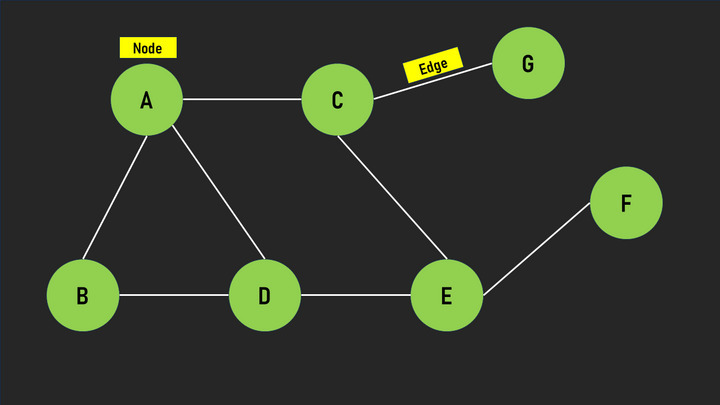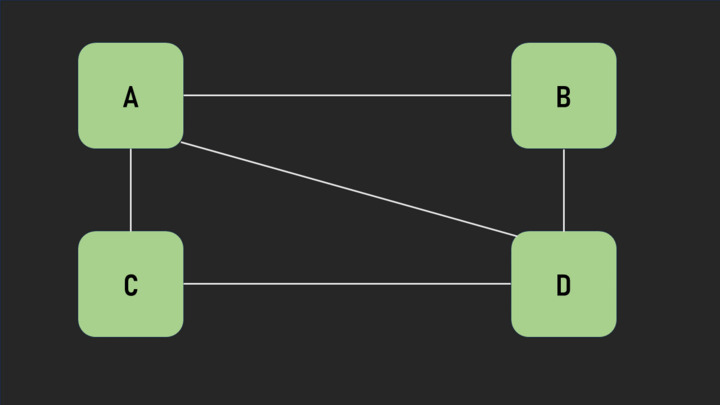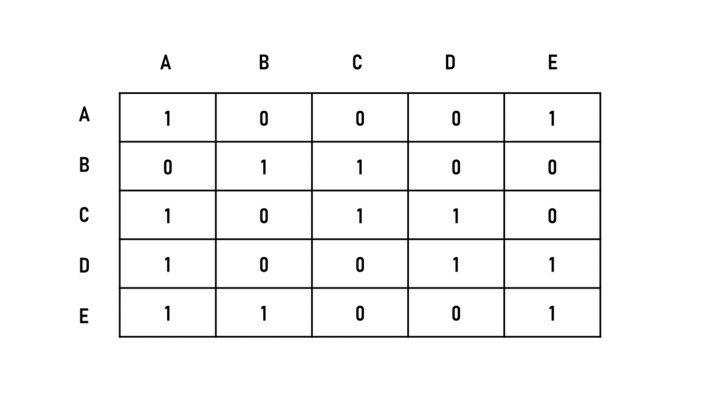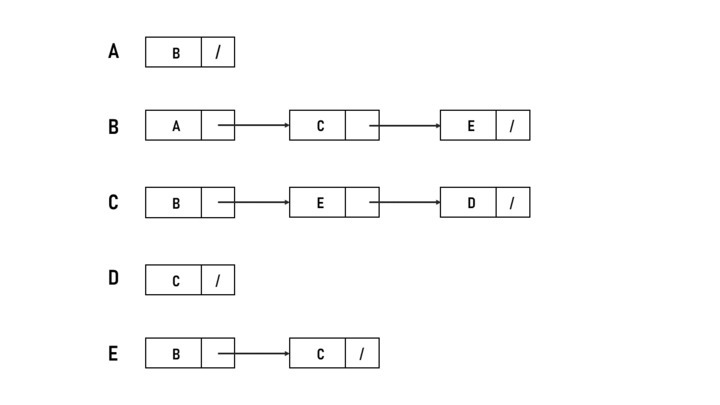
 Data Structure
Data Structure Networking
Networking RDBMS
RDBMS Operating System
Operating System Java
Java MS Excel
MS Excel iOS
iOS HTML
HTML CSS
CSS Android
Android Python
Python C Programming
C Programming C++
C++ C#
C# MongoDB
MongoDB MySQL
MySQL Javascript
Javascript PHP
PHP
- Selected Reading
- UPSC IAS Exams Notes
- Developer's Best Practices
- Questions and Answers
- Effective Resume Writing
- HR Interview Questions
- Computer Glossary
- Who is Who
Applications, Advantages and Disadvantages of Unweighted Graph
How Do Graphs Work?
A group of things that are connected is referred to as a graph. They may represent anything at all, from based on merely mathematical ideas, to real-life objects, events and occurrences. For instance, a graph represents a list of individuals with a family connection. Similarly, a network of metropolitan areas is linked together by roadways.
Typically, we describe the elements of the network as nodes or vertices, while the links among them are referred to as edges or arcs.

Pic 1 Visual Representation of a Graph with Nodes and Edges
Unweighted Graph: What Is It?
A graph is said to be unweighted if neither costs nor weights are attached to any of the edges. They only show that there is a relationship between the two vertices.
In simple terms, we refer to a network as unweighted when we focus on whether the two nodes are connected or disconnected. We refer to nodes with an edge between them as adjacent to or neighbouring one another.

Pic 2 Unweighted Graph
In this publication, we shall examine the straightforwardness of unweighted graphs, where vertices' relationships are shown without the complicated nature of edge weights. Unweighted graphs serve numerous uses in many different sectors, including websites and social networks. Learn about this form of graph's benefits and drawbacks, as well as its applications in solving issues.
Unweighted Graph: Advantages
Due to the fact that unweighted graphs take into account if a connection exists between any two nodes, the concepts are straightforward to read and understand.
Unweighted graphs consume less space for storage than weighted graphs since they only need a tiny bit of memory to hold the data regarding the existence of an edge.
Unweighted graphs are simple to understand since they depict the existence of a connection and lack the need to analyse edge weights.
Tree data structures can be implemented using unweighted graphs.
Several algorithms, including DFS and BFS, utilise unweighted graphs.
Assists in the best possible visualisation of problems that have a connection but are not comparable in size.
Since edge weights do not need to be stored or handled, unweighted graphs are easier to deal with than weighted ones.
Unweighted graphs are appropriate for issues with irrelevant or unknown edge weights.
Unweighted graphs are the best choice when edge weights are unimportant or unclear.
Unweighted graphs are more manageable than weighted ones because they don't require the storage or manipulation of edge weights.
Unweighted Graph: Disadvantages
Unweighted graphs cannot depict certain connections, including the cost or separation between two nodes in a graph.
There is no edge weight in the case of unweighted graphs. As a result, it is not helpful for purposes that need to know the distance between nodes or to evaluate the shortest path.
Given that they cannot provide details regarding the value or strength of the connections among nodes, unweighted graphs may prove considerably less insightful than weighted ones.
Unweighted Graph: Applications
Statistics that have no relationship with each other in terms of their magnitude are displayed using unweighted graphs.
Unweighted graphs represent the flow of computing processes.
Segmentation of a picture can be represented by using nodes and edges, wherein nodes indicate pixels and edges indicate adjacency connections.
AI can solve problems and make choices using state space representation.
Data networking representation in the workplace, for example, the World Wide Web.
Usage Of Unweighted Graph In Real-Time
Puzzles can be solved using unweighted graphs.
This feature can be employed to determine whether two different people are related to one another on social networking platforms.
It is employed in Hamiltonian graphs that have a wide variety of real-world uses, including genome mapping, to combine several little bits of genetic information.
A schematic of a circuit could be represented using this.
An unweighted graph is used to depict every potential movement in a game scenario.
Since it represents the connections between people in a social network in the form of an unweighted graph, it is used in social media platforms.
Matrix of Adjacencies
An adjacency matrix is an effective way to illustrate an unweighted graph. The matrix is an 'n' by 'n' array of ones and zeros, wherein 'n' is the total number of nodes. If the value associated with the element $\mathrm{a_{ij}}$ is 1, then there exists an edge connecting the i-th and j-th nodes. Indeed, no edge is connecting the two nodes if $\mathrm{a_{ij} \: = \: 0}$.

Pic 3 Sample Adjacency Matrix
Two underlying assumptions govern the matrix representation
Each node can be given a different integer number by mapping the nodes to integers. In the above case, the mappings are A to 1, B to 2, C to 3, D to 4, and E to 5.
An n-by-n matrix can be allocated the consecutive memory using the total number of nodes considering the available memory has enough space to accommodate it.
Note Adjacency lists are used if those presumptions are inaccurate or the graph seems sparse.
List of Adjacencies

Pic 4 Sample Adjacency List
You keep track of each node's neighbours in a linked list. The key benefit of this approach is that the amount of memory used to store the graph's data is not required to be sequential. We do, however, lose the "O(1)" access complexity of the matrix representation, which is a precious feature.
Irrespective of the actual values of i and j, we can query "aij" in a consistent amount of time and get the data about the adjacency of the ith and jth nodes. We can navigate across the entire list using linked lists. In the most undesirable situation, all vertices other than the j-th vertex from the search query are neighbours of the i-th node. So, to determine if the two nodes have no connection, we will examine the [ n - 2 ? O(n) ] items found in the linked list.
Conclusion
The unweighted graphical representation has been addressed in this article. This kind of graph works well in cases when we only need to understand whether two things have a direct connection by an edge.

